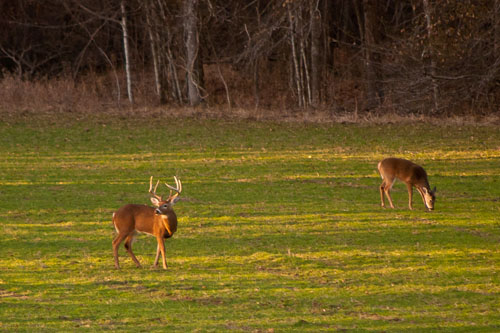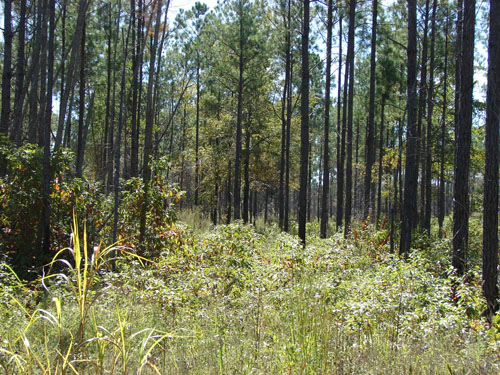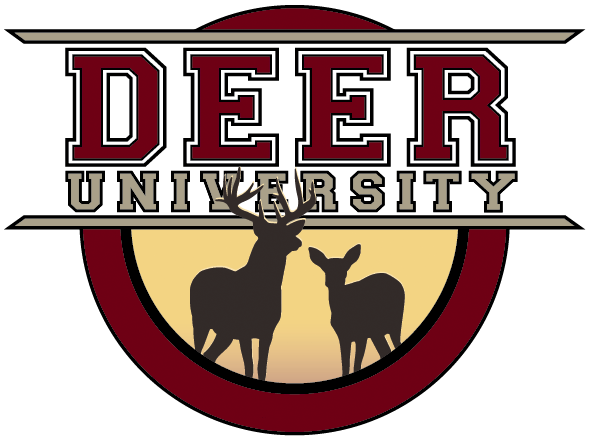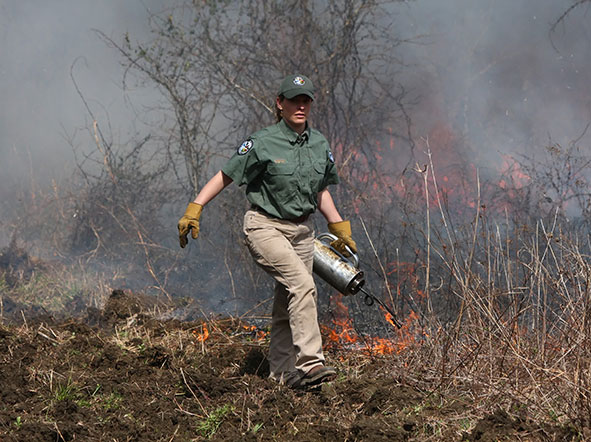Supplemental Food Plantings
Supplemental Food Plantings for White-tailed Deer
So why did we title this section "Supplemental Food Plantings" instead of Food Plots for white-tailed deer? Because food plantings should simply supplement, but never replace, the natural deer habitat. Remember, deer are adapted to a wide array of naturally occurring seasonal foods that provide all the nutrients needed for body growth and survival. In fact, well-managed natural deer habitat can produce upwards of 1,000 pounds of deer food per acre! Just think if a majority of deer habitat on your property is managed — supplemental food plots would not even be needed. However, many people hunt on properties that they lease and therefore do not have the ability to manage the deer habitat; in these cases supplemental food plantings may be the only source of high-quality forages for deer.
The purpose of food plots is to provide additional high-quality forages for deer, especially during the nutritional stress periods, which are winter and late-summer for deer in Mississippi and the southeastern U.S. So how much food plot acreage do you need on a property to improve average diet quality? Well, that all depends. In some cases, the commonly used standard of "3 to 5%" is adequate. In other cases that's not near enough.
In other cases, this may be too much. It all depends on the habitat quality of property and surrounding areas. For example, if you lease land on industrial pine-production forestland, the age, density and management regime for those forests may provide very little deer food — in this case, 5% of the property may still not be enough to provide adequate nutrition to help deer fulfill their genetic potential. On the other hand, if you are in an agricultural region with property adjacent to a large corn-soybean farming operation, less than 3% of the property in cool-season food plots may be more than adequate to maximize nutrition to those deer. The amount of food plot acreage all depends on the context of the landscape you are managing.
So which seasonal food planting is most important to improve nutrition and diet quality for deer — Cool-season plantings (growth occurs in the fall, winter, and spring), warm-season plantings (growth occurs in spring, summer and early fall) or perennial plantings (growth or persistence occurs year-round)?
The short answer is that all three of these types of plantings are important and have a place in a well-rounded deer management program. Cool-season plantings have the benefit of generating much-needed high-protein food during the winter period as well as providing observational and harvest opportunities for hunters. Warm-season plantings are provided for the single purpose of generating tons of high-protein forages during the summer nutritional stress period when many naturally occurring forages are of low abundance and/or quality. Perennial plantings are used to "bridge the gap" between the cool and warm seasons. But keep in mind, perennial plots cannot be sustained without management. Timely mowing with fertilizer and herbicide applications are critical to get multiple years of growth from perennial plantings.





